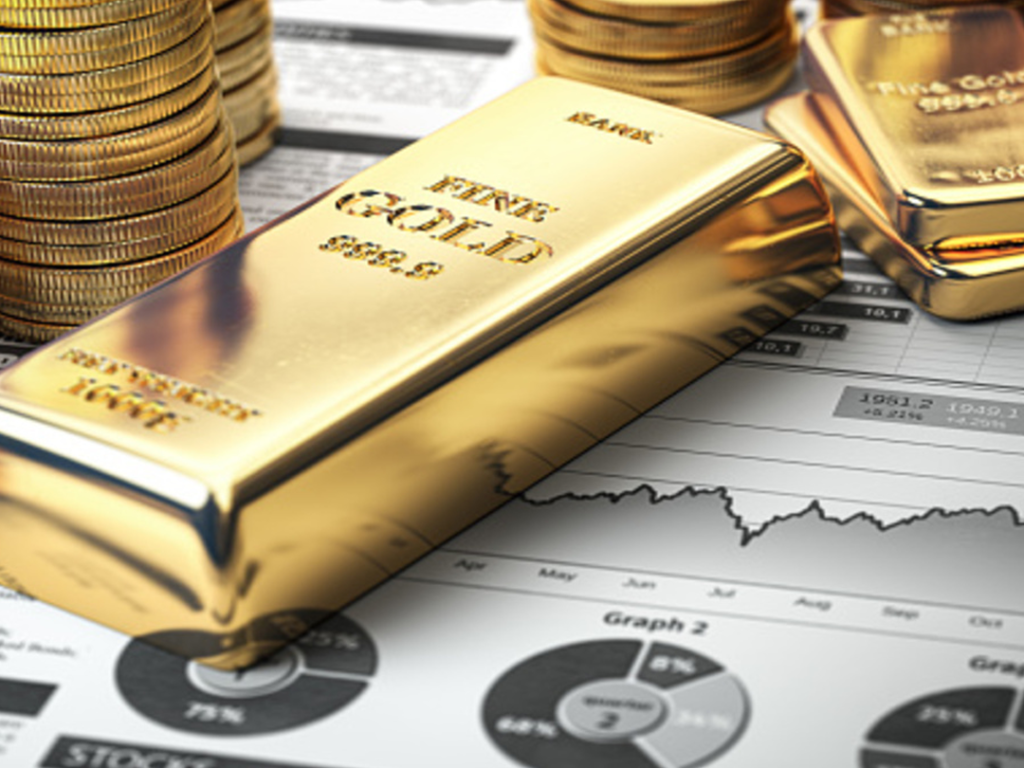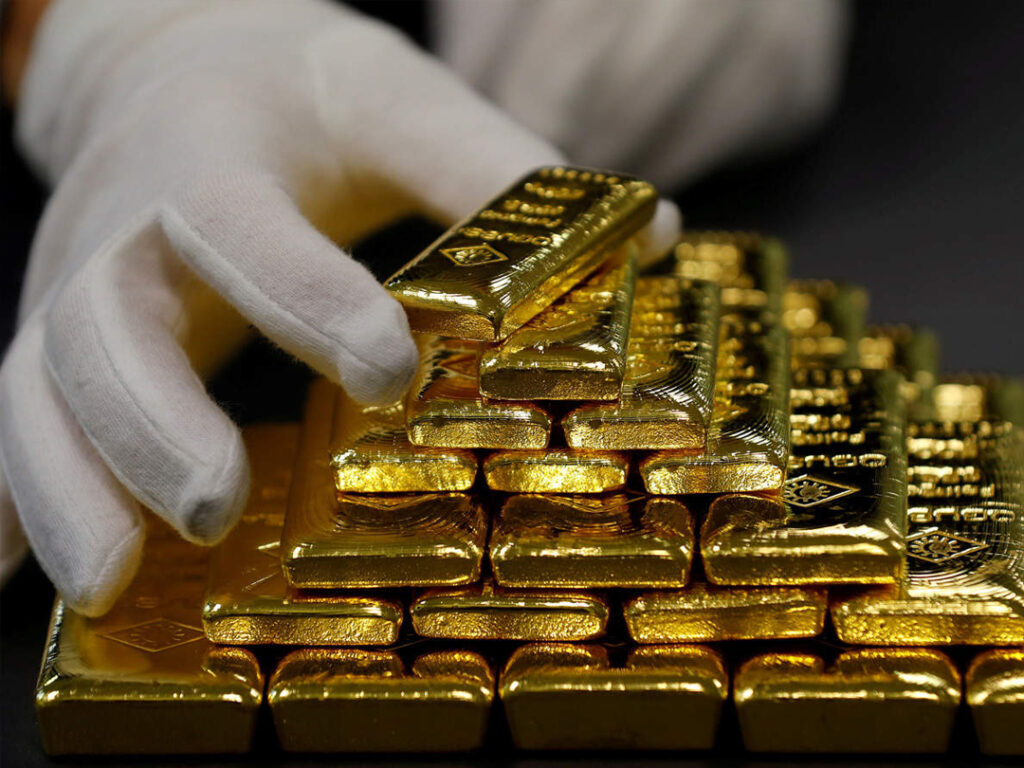Over the past two consecutive months, gold prices exhibited gains, culminating in a record-high of $2,137 in December. However, the intense sell-off post this peak has pushed the gold price into negative territory for the month when viewed from a monthly timeframe perspective.
As per Gold update by Prithviraj Kothari, Gold has rallied in the last quarter of the year as demand for safe-haven assets has increased and amid bets that the Federal Reserve will cut rates next year. Following the outbreak of the Israel-Hamas conflict on 7 October, gold neared its previous record of about $2,075/oz set in 2020. Although concerns over a wider Middle East conflict have now eased, gold has held up well, gaining support from a softer US dollar and US Treasury yields on the US interest rate outlook, with prices reaching a new record high in early December.
Gold prices rose slightly in Asian trade on Tuesday, steadying after racing to record highs earlier in the week as persistent expectations of a less dovish Federal Reserve and increased safe haven demand supported the yellow metal.
The yellow metal saw an abnormally large jump in early trade on Monday, with spot prices briefly hitting a lifetime high of $2,148.78 an ounce before tumbling sharply from the peak.
As per the bullion king of India, Prithviraj Kothari’s view on Gold, the Gold prices surged to a historic high of $2,100 yesterday, marking a significant milestone before undergoing a notable correction on Wednesday . Traders were scrutinizing the recent price action, contemplating whether this trend will persist or if a more substantial correction is imminent, given the intensive sell-off observed since yesterday.
Several factors are believed to contribute to the current price surge.
US Dollar – The perceived loss of the dollar’s allure stems from policy missteps, including the US involvement in conflicts such as the Middle East turmoil sparked by Israel’s actions in Gaza. The ongoing indirect support for Ukraine against Russia, in addition to strained relations with China, has further diminished confidence in the dollar.
Demand – Safe haven demand for the yellow metal rose after an attack on U.S. vessels in the Red Sea pushed up concerns over a broader conflict in the Middle East. A separate, unrelated attack on a prominent gold mine in Peru also pushed up some fears of supply disruptions in gold markets.
US Debt – Moreover, the alarming increase in US debt, attributed to ill-advised policies and military involvements, has sparked concerns about the nation’s ability to meet its financial obligations. Recent attention to US Treasury auctions, fueled by worries about demand, has prompted speculation that entities like the Qatari Sovereign Fund are considering Bitcoin investments as a hedge against a weakening dollar.
Geo political – Countries grappling with US-imposed sanctions are exploring alternative mechanisms to circumvent difficulties, signaling a shift away from dependency on the US-dominated financial system
The upcoming week holds significance for gold prices and the Fed, with US employment data, JOLTS figures, and consumer sentiment and inflation expectation readings scheduled. Moreover, the Chinese Trade Balance for November will be due on Thursday. The attention will turn to the US employment data on Friday, including the Nonfarm Payroll (NFP), Average Hourly Earnings, and Unemployment Rate.
Traders will closely analyze these indicators. If the job market remains robust, consumer sentiment stays strong, and inflation expectations decline further, the likelihood of continued upward movement in gold prices is evident.
Some analysts have said that as investors take profits from gold’s breakout rally, the critical level to watch will be the $2,000-an-ounce level.
Although fundamentals remain in favor of the bulls, the technicals are looking bearish on the daily charts. The precious metal could see more volatility this week as markets await important numbers from leading economies.



